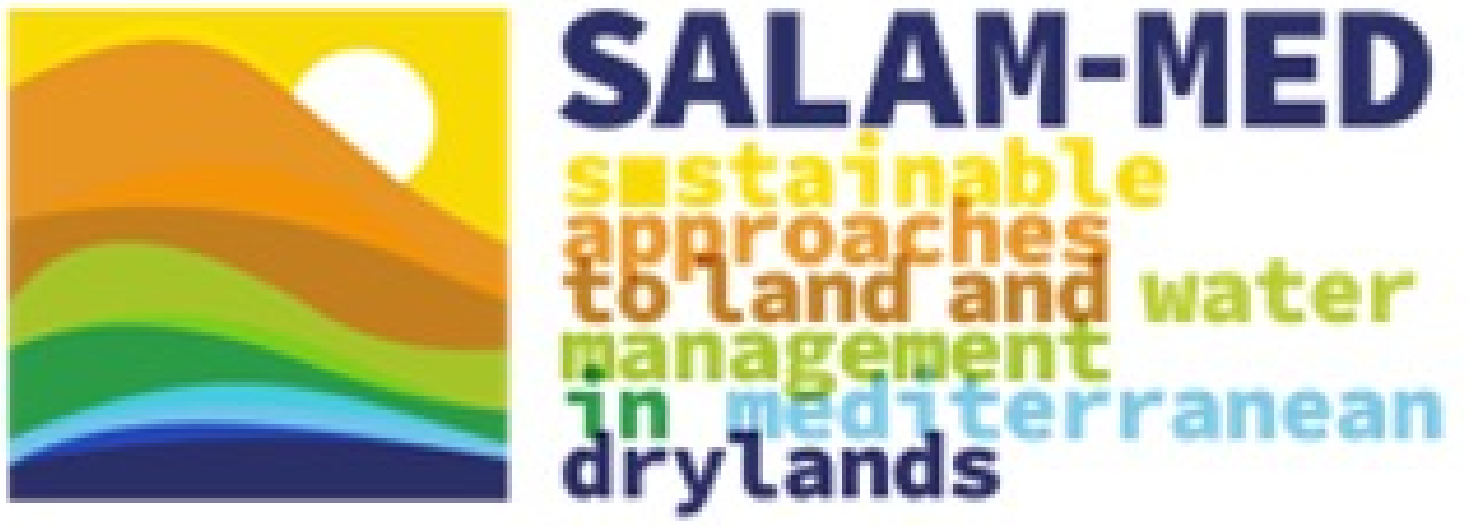Technology
Dynamic approach to Silvopastoral Systems
About
The practical solution studied is a decision support system DSS designed to enhance productivity in the studied silvo-pastoral ecosystem, as well as the agricultural and tourism activities associated with these ecosystems. This dynamic tool tackles various challenges encountered by farmers and different farm systems. It offers valuable guidance and recommendations to farmers, empowering them to make informed decisions and optimize their agricultural practices.By utilizing customized data-driven analysis and modelling techniques, the DSS not only provides advice and solutions to the farmers but to all the stakeholders involved in the silvopastoral ecosystems. By incorporating tailored data-driven analysis and modelling approaches, the solution aims to maximize productivity and improve outcomes for all the stakeholders involved.
We aim to enhance understanding of the interplay between soil-plant-atmosphere interactions, human activities, and livestock management in different typical farm systems. The objectives include providing valuable insights into the socioeconomic dynamics, biodiversity, hydrology, and proposing solutions (e.g., adaptive management strategies, nature-based solutions, …) within Mediterranean silvopastoral ecosystems. By doing so, they seek to improve the resilience and productivity of these farm systems
This technology will be applied specifically within Mediterranean silvopastoral ecosystems encompassing oak woodland, grassland, and wooded grassland areas. Its adaptive and dynamic nature enables its successful implementation across various land use types, offering a flexible and effective solution.
The practical solution proposed may face constraints in navigating trade-offs between economic, social, and environmental productivity and long-term sustainability. Moreover, the influence of powerful stakeholders in decision-making can lead to biased perceptions, hindering the equitable distribution of benefits and system sustainability. Overcoming these constraints requires careful consideration, collaboration, and inclusive decision-making to foster balanced outcomes.
Solutions can have contraindications in the economic, social, and environmental domains, involving trade-offs between these domains’ productivity. This may impact financial viability and require a shift towards long-term sustainability. Powerful stakeholders may dominate decision-making, leading to biased perceptions and compromising the equitable distribution of benefits. Ensuring sustainability requires mitigating these challenges and promoting equitable involvement of all stakeholders.
Index
Workers needed: technical competencies needed, highly skilled workers are needed to make the technological solution work
Index 2
Ease of use: a long period of learning is required to use the technological solution
Index 3
Adaptability: it will not require too much time to be applied
Index 4
Effectiveness: The solution address the challenge / problem
Index 5
Reliability: The innovation is stable enough that no further changes need to be made in the future
Index 6
Cost: Perceived investment needed for the implementation of the innovation is high
Index 7
Greenhouse emissions: impact of technology on greenhouse emissions
Index 8
Water availability: the impact of technology on water availability
Index 9
The creation of a decision support service that provides advice on best practices for improving productivity in various farm systems within Mediterranean silvopastoral systems. This service can be particularly beneficial for vineyard, cork oak production, and livestock production activities. The service enables the development of sustainable practices that balance environmental conservation, economic growth, and social well-being, thereby creating opportunities for profitable and environmentally friendly businesses.
This solution can be used in the socio-economic context of Mediterranean silvopastoral agroforestry systems, specifically in areas with oak-wood grasslands, oak-dominated woodlands, and open grasslands. These ecosystems offer economic opportunities through activities such as cork oak and livestock pasture production. Additionally, they provide biodiversity, ecological services, and potential for ecotourism and nature-based recreational activities, benefiting local communities.
The adoption of this solution by end-users does not require advanced technical skills. Instead, their focus should be on implementing the decisions and advice provided by the DSS service provider. The technology itself is designed to be adaptable, allowing for customization to suit various contexts and scales, based on specific needs and conditions. The solution’s effectiveness and reliability are crucial, supported by rigorous testing, data analysis, and modelling approaches. It should also be cost-effective and reasonable, considering the industry and stakeholders involved. Sustainability and positive environmental impact are key considerations, and the solution must undergo thorough testing and validation. It is important to address potential conflicts of interest among stakeholders when selecting and implementing solutions, ensuring inclusivity, and considering the interests of all stakeholders involved.
End-users should not require advanced technical skills for monitoring, modelling, data analysis, and tool/software usage. Their competencies should focus on effectively applying the solution. The technology itself should feature a user-friendly interface, clear instructions, and accessible support resources. Additionally, it must exhibit adaptability, allowing customization to diverse contexts and scales based on specific needs and conditions. Demonstrating effectiveness and reliability through rigorous testing and validation is crucial for building trust and confidence. Cost-effectiveness and a reasonable return on investment are significant considerations. Finally, showcasing positive environmental contributions, such as biodiversity promotion and climate change mitigation, can enhance the solutions appeal.
Indicators
Chart not available on mobile
Living Labs for testing and implementing this technology
Living Labs as a crossroads for the development of sustainable and resilient technologies for environmental, economic and social progress.
Italy
Tech Responsible contacts
Hawada Hassan
hawada@uniss.it
References
Lorem ipsum dolor sit amet, consec tetur adipiscing elit, sed do eiusmod
Lorem ipsum dolor sit amet, consec tetur adipiscing elit, sed do eiusmod
Lorem ipsum dolor sit amet
Lorem ipsum dolor sit amet, consec tetur adipiscing elit, sed do eiusmod

![[Silvopastoral Systems]_ Soil sensors](https://www.salammedplatform.staging.wordpress.abidevops.website/wp-content/uploads/2023/09/Silvopastoral-Systems_-Soil-sensors.jpg)
![[Silvopastoral Systems]_Weather station](https://www.salammedplatform.staging.wordpress.abidevops.website/wp-content/uploads/2023/09/Silvopastoral-Systems_Weather-station.jpg)
![[Silvopastoral Systems]_ Rain gauge near the trees](https://www.salammedplatform.staging.wordpress.abidevops.website/wp-content/uploads/2023/09/Silvopastoral-Systems_-Rain-gauge-near-the-trees.jpg)
